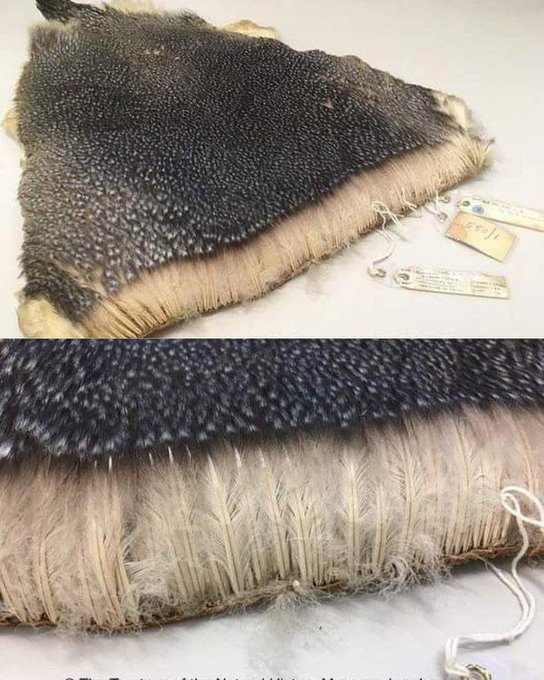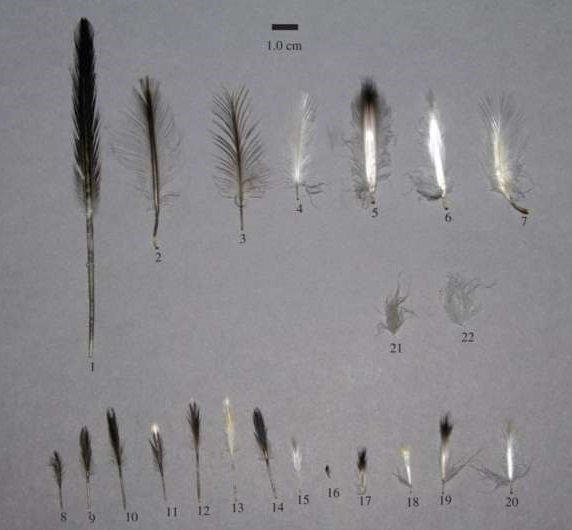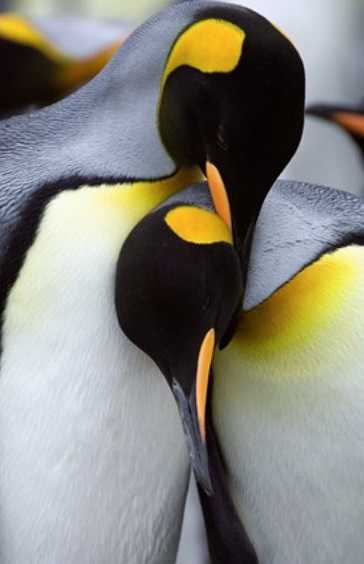
Emperor penguins are the largest penguins in the world, and they are also the only penguins that live on the Antarctic continent. These amazing birds have adapted to survive in one of the harshest environments on Earth, where temperatures can drop as low as -60°C.
One of the emperor penguin’s most important adaptations is its feathers. Emperor penguins have the densest feathers of any bird, with over 15 feathers per square centimeter. This dense layer of feathers helps to trap heat and keep the penguin warm.

In addition to being dense, emperor penguin feathers are also waterproof. This is important because emperor penguins spend a lot of time in the water, where they hunt for food and raise their young. The waterproof feathers help to keep the penguin’s skin dry and prevent heat loss.
Emperor penguins also have a special adaptation called a “brood patch.” The brood patch is a patch of bare skin on the penguin’s chest that is used to incubate eggs and keep chicks warm. The brood patch is highly vascularized, meaning that it has a lot of blood vessels. This helps to transfer heat from the penguin’s body to the eggs or chicks.

Thanks to their dense feathers and other adaptations, emperor penguins are able to survive in one of the coldest places on Earth. These amazing birds are a testament to the power of evolution and the resilience of life.
How Emperor Penguin Feathers Work to Keep Them Warm
Emperor penguin feathers are incredibly effective at keeping the penguins warm. The feathers are densely packed and overlap, creating a barrier that prevents heat from escaping. The feathers also have a special structure that helps to trap heat.

Each feather has a central shaft and a series of barbs that branch off from the shaft. The barbs are covered in tiny hooks that interlock with the barbs of the next feather. This creates a tight seal that prevents heat from escaping.
In addition, the feathers are filled with a soft downy material that helps to trap heat. The downy material is made up of millions of tiny fibers that are arranged in a random pattern. This random arrangement helps to create a lot of air pockets, which act as insulation.

Emperor penguins can also puff up their feathers to create an even thicker layer of insulation. When they do this, the feathers trap even more air and keep the penguin even warmer.
Emperor penguin feathers are an amazing example of how evolution has adapted animals to survive in even the most extreme environments. Thanks to their dense feathers, emperor penguins are able to thrive in the Antarctic cold.

Leave a Reply